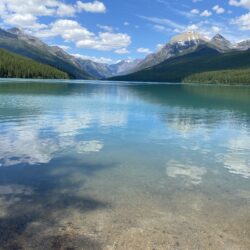Bison Restoration: Pursuing Environmental Justice on the Great Plains—Ross Martin
Bison are a uniquely important species in North America’s past, present, and future. They are a keystone species that maintains and enhances ecological function in grassland ecosystems. Bison long supported Indigenous cultures, and their slaughter enabled the United States’ bloody conquest of the continent. The disappearance of the large herds disrupted human, plant, and wildlife Read more about Bison Restoration: Pursuing Environmental Justice on the Great Plains—Ross Martin[…]













